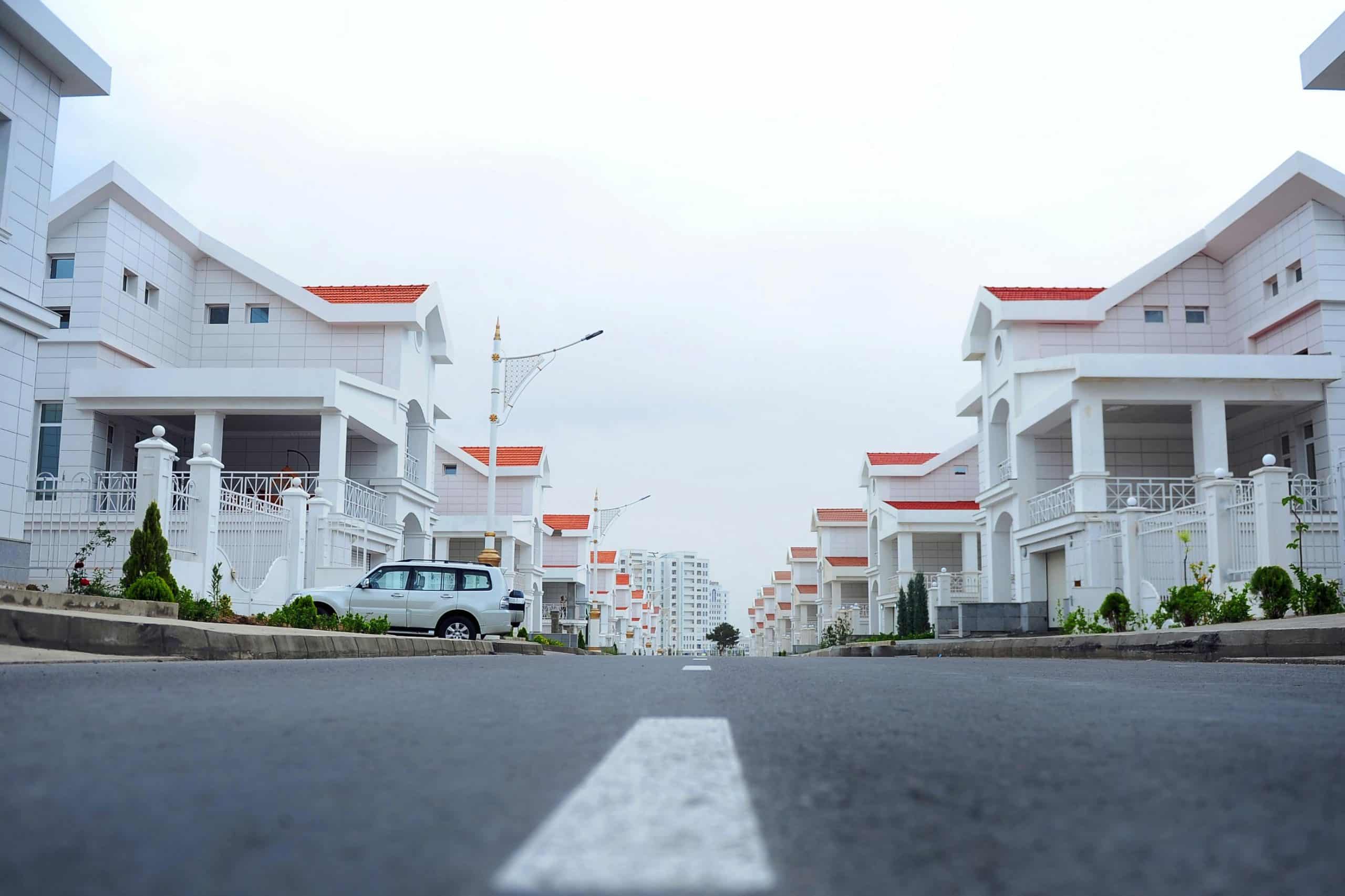In the evolving landscape of urban development, the conversion of industrial sites to mixed-use developments is a growing trend. This practice contributes to the revitalization of underutilized or abandoned industrial areas, creating live-work-play environments that blend residential, commercial, and sometimes industrial uses. However, it’s essential to understand the legal frameworks that govern these transformations. These laws and regulations ensure the zoning, density and land usage align with the city’s development plans, and protect the interests of local communities, businesses, and property owners.
Zoning Regulations and Mixed-Use Development
Zoning regulations play a crucial role in the conversion of industrial sites to mixed-use developments. These rules, defined by local government agencies, dictate the types of activities that may occur in specific areas. They determine whether a property can be used for residential, commercial, or industrial purposes—or a mix of these.
Topic to read : What Are the Emerging Techniques for Enhancing Wi-Fi Connectivity in Dense Residential Buildings?
Traditionally, cities used zoning to segregate different land uses, but this is changing. Mixed use is gaining traction as a zoning category, reflecting a shift towards creating multifunctional neighborhoods. This evolution is partly due to the recognition that separation of uses often results in car-dependent environments and loss of community character. Mixed-use zoning allows a combination of residential and commercial uses, which can provide housing, jobs, and services within walking distance.
However, changing the zoning of an industrial site can be challenging. It requires navigating a legal maze, involving reviews, public hearings, and potentially, legislative changes. You will need to convince the planning authorities that your proposal aligns with the broader city development strategy, and won’t negatively impact the local community or environment.
In parallel : How to Create a Robust Investment Plan for Retirement Through UK’s Commercial Real Estate?
Balancing Density and Livability in Mixed-Use Developments
While mixed-use developments have many advantages, they also raise challenges related to density. High-density development can lead to overcrowding, traffic congestion, and strain on public services and infrastructure. On the other hand, if a development is too sparse, it may not provide enough homes or businesses to support local services and create a vibrant community.
Density regulations govern the number of units that can be built on a specific area of land. These rules can affect several aspects of a development, from the number of housing units to the amount of commercial space. If you’re converting an industrial site to a mixed-use development, you will need to comply with the local density regulations.
However, balancing density and livability can be tricky. It’s crucial to design a development that is dense enough to be vibrant and economically viable, but not so dense that it compromises quality of life. This balance can be achieved through careful planning and design, and by engaging the local community in the process.
Navigating Land Use and Environmental Regulations
Land use and environmental regulations are another crucial aspect of converting industrial sites to mixed-use developments. These rules protect the environment, safeguard public health, and ensure that the land is used in a way that benefits the community.
Industrial sites often have a history of uses that could lead to environmental contamination. If you’re planning to convert such a site, you will likely need to conduct an environmental assessment and possibly a clean-up. These assessments can reveal contamination issues that may need to be addressed before the site can be redeveloped.
Furthermore, the proposed use of the land must comply with local land use regulations. These rules can affect various aspects of a development, from the size and height of buildings to the provision of public spaces.
The Role of Local Government in Mixed-Use Development
Local government plays a vital part in the conversion of industrial sites to mixed-use developments. City councils and planning departments have the power to approve or reject development proposals. They also set the regulations that guide these transformations.
When converting an industrial site, it is important to work closely with the local government. This can involve regular communication, meeting local planning requirements, and participating in community consultation processes. It is also crucial to ensure that the proposed development aligns with the local government’s strategic planning goals and objectives.
Local governments often support mixed-use developments, as they can contribute to city revitalization, increase housing supply, and foster local businesses. However, they also need to consider a range of factors, including the impact on local infrastructure, traffic, and the character of the neighborhood.
Navigating Property Rights and Community Interests
Property rights and community interests are another critical factor in the conversion of industrial sites to mixed-use developments. Property owners have certain rights regarding the use of their land. However, these rights are not absolute and must be balanced against the interests of the community.
When planning a mixed-use development, you may encounter resistance from local residents or even other business owners. Common concerns include increased traffic, noise, and changes to the neighborhood’s character. It’s crucial to address these concerns and work with the community to find solutions.
Engagement with the local community is not just a legal requirement—it can also lead to better outcomes. Residents and local businesses can provide valuable insights and ideas, and their support can be vital in gaining planning approval. Therefore, fostering good relationships with the local community should be a key part of any mixed-use development process.
Adapting Development Standards for Mixed-Use Developments
The development standards that govern real estate projects play a significant role in conversions from industrial sites to mixed-use developments. These standards influence everything from the scale of the development to building aesthetics and the provision of open space.
Many cities have specific development standards for different zoning categories, such as residential development or commercial industrial zones. These can dictate factors like floor area ratios, building heights, setbacks, and minimum lot sizes. In the case of mixed-use developments, cities may need to adapt these standards to accommodate the unique combination of uses.
For example, a city’s development standards might stipulate a larger minimum lot size for single-family homes than for duplexes or triplexes. In a mixed-use development, these rules might need to be relaxed to accommodate smaller scale residential units above ground level commercial spaces.
Similarly, guidelines around open space and lot coverage might need to be adjusted. In a traditional residential development, open space could take the form of individual yards. However, in a mixed-use development, communal open spaces or rooftop gardens might be more appropriate.
To navigate these complexities, developers should familiarize themselves with the local development standards and engage early with planning authorities to discuss potential variations or permits variances. This process can help ensure the proposed development aligns with the city’s long-term planning goals and community expectations.
Implementing Affordable Housing in Mixed-Use Developments
Affordable housing is a key issue in cities across the globe. The conversion of industrial sites to mixed-use developments can provide an opportunity to address this issue if the legal frameworks governing affordable housing are incorporated into the planning process.
Many cities have regulations requiring a percentage of new residential units to be set aside as affordable housing. These rules can apply to both single-family homes and multi-family developments.
In a mixed-use development, integrating affordable housing can be both a challenge and an opportunity. It adds a layer of complexity to the project, as developers must navigate additional regulations and financing models. However, it can also contribute to the creation of diverse and inclusive communities.
Mixed-use developments, with their blend of residential, commercial, and sometimes industrial uses, are uniquely suited to fostering such diversity. By zoning changes allowing a mix of housing types—from apartments above shops to townhouses and duplexes—these developments can provide a range of affordable housing options.
Addressing affordable housing in mixed-use developments requires careful planning and consultation with local authorities. Developers should engage with city planning departments and local communities to understand their needs and expectations and incorporate these into the development plans.
Conclusion
The conversion of industrial sites to mixed-use developments is a complex process, governed by a variety of legal frameworks. Navigating these regulations—from zoning codes to development standards and affordable housing requirements—requires in-depth knowledge, careful planning, and strong engagement with local government and communities.
However, despite these complexities, the benefits of mixed-use developments are significant. They can revitalize underutilized industrial areas, foster vibrant and diverse communities, and contribute to citywide development goals. By understanding and adhering to the legal frameworks that govern these transformations, developers can play a crucial role in shaping the future of our cities.











